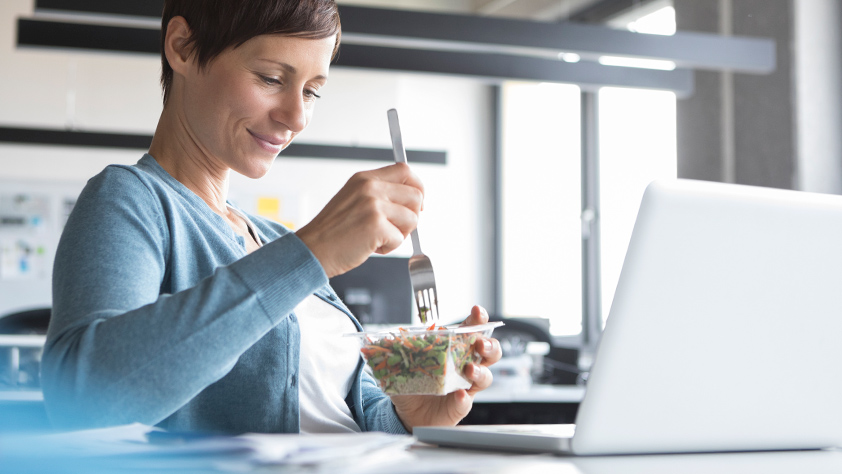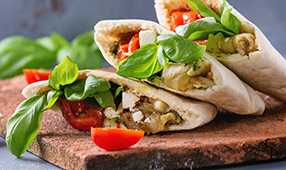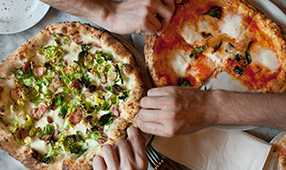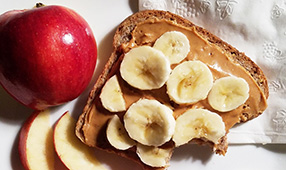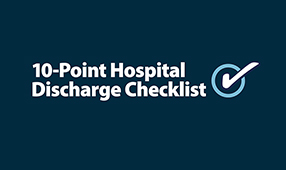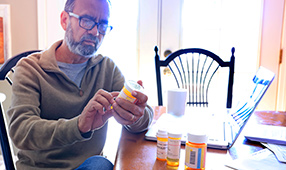The importance of healthy school lunches often makes headlines. But the focus is always on what the kids eat.
What about the educators?
“Teachers are hungry,” says Rebeka Haynes, who teaches fourth grade at a charter school in Gretna, La. She gets just 20 minutes for lunch, and often eats with her students.
Depending on the school, lunchtime can be as long as 45 minutes or as short as 20. And unlike other professionals, teachers don’t have luxury of popping out for lunch.
Many educators use the time to plan while they gobble a sandwich. Others have lunch duty and must eat with their students, which adds a whole new meaning to the term “working lunch.”
“I have to be with my class during lunch. We don’t get a ‘duty-free’ lunch,” says Gretchen Finn, who teaches kindergarten in Birmingham, Ala. “The lunchroom is very challenging and not what most would consider a lunch break.”
Between helping her students decide what they want, pay for it, eat and clean up after themselves, Finn’s 30-minute lunch flies by with just a few bites for herself.
Tight lunch periods and lunch-duty demands mean many educators skip the meal altogether, says Haynes.
It doesn’t have to be that way, but more than other professionals, educators do have to plan ahead for a healthy lunch.
“I’m very routine and disciplined when it comes to packing a lunch,” says Jacquelene Falch, who teaches health classes at a high school in Long Beach, Calif. “I live with my sister, and she cooks dinner while I pack lunches for the following day.”
Try these five strategies to help get your healthy lunches in order:
1. Love your leftovers. What’s good for dinner one night is great for lunch another day. “My favorite lunch is eating leftovers from the night before,” says Falch. “My sister cooks an extra serving with dinner so all we have to do is put it in a Tupperware.”
2. Prep ahead. Don’t love leftovers? Think in terms of components that you can spin into quick lunches. Make extra pesto to use as a sandwich spread. Boil a batch of hard-cooked eggs for sandwiches and salads. Making quinoa for a side dish? Cook extra that you can toss with vinaigrette, chickpeas, feta cheese, cut-up veggies and nuts. If you have components like these ready to go, it’s easy to pull together a healthy lunch in a hurry.
3. Stock up on healthy grab-and-go options. “I tend to eat small snacks throughout the day so that if I miss a chance to scarf something down [at lunch], I won’t be running on empty,” says Falch. She’s a fan of single-serving cartons of Greek yogurt, squeezable snack packs of applesauce and organic fig bars. Haynes likes whole-grain chips and guacamole or hummus.
4. Make it colorful. “Remembering to include veggies and fruits is important,” says Falch, “even if it’s just a few spinach leaves on a turkey sandwich.” And you can load up that sandwich with sliced red bell pepper, red onion, tomatoes and more. Sprinkle salads with jewel-toned pomegranate seeds or bright-yellow corn. If your lunch looks good, you’re more likely to eat it.
5. Use a Thermos. You probably had one in your lunch box as a kid, and it’s still a smart, convenient way to keep hot food hot—and skip the microwave in the teacher’s lounge.
No one wants to waste a short lunch period waiting to use the microwave, says Haynes. But on rare days when she does bring something frozen, she’ll let it thaw on her desk in the morning so it needs less time to heat up.
All the planning ahead is worth it, says Falch, and not just for herself. “I try to be the best example that I can be for students because I’m a health teacher,” she says.
“If students were to walk into my class and see a takeout order or a slice of pizza, why would they listen to anything I had to say?”
